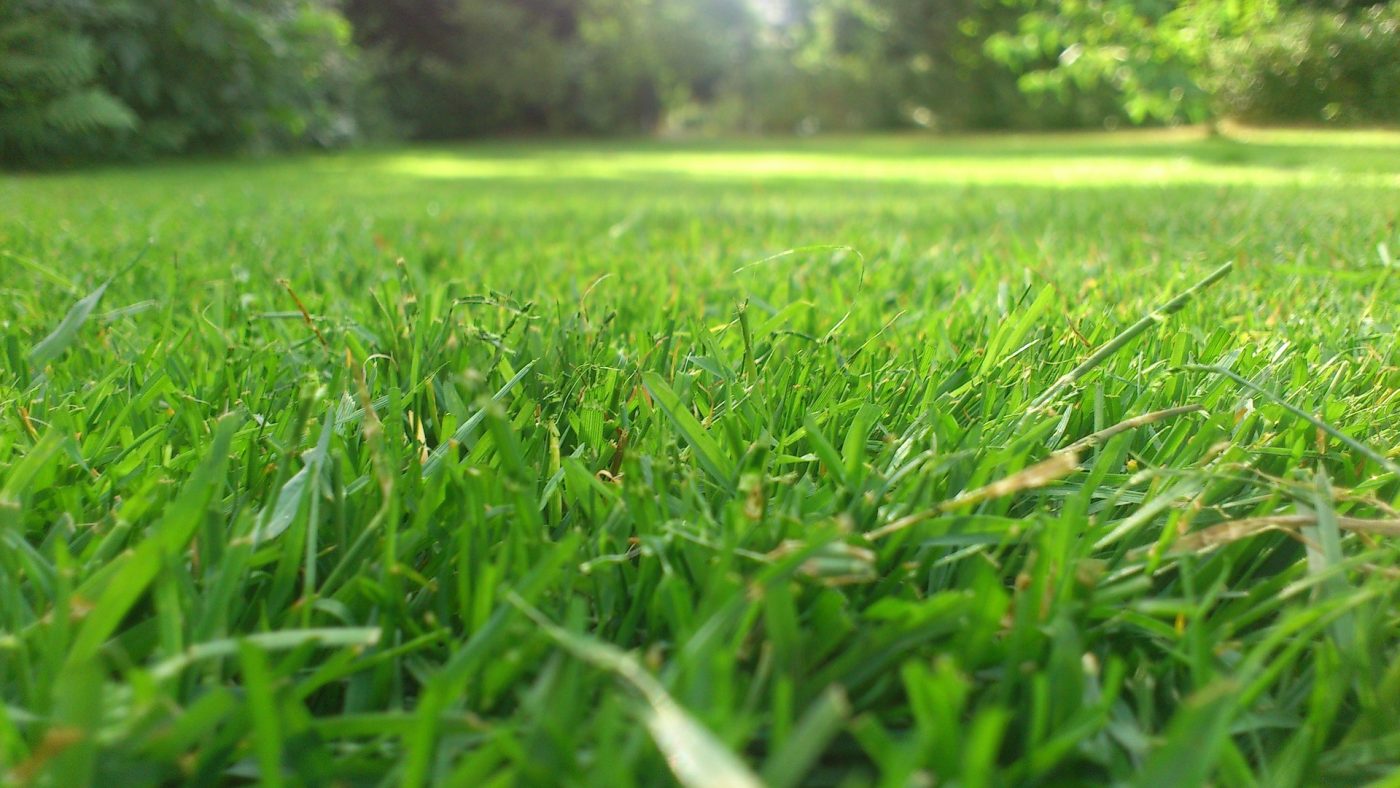blog, Garden Blog, Garden Tips
Reseeding Your Lawn in the Fall
ESTABLISH YOUR GOAL
Homeowners overseed to correct thin lawns, but pros overseed to prevent thinning. For lawns in southern regions, overseeding warm-season grasses with cool-season reinforcements adds green color during winter. When warm-season grasses go brown, overseeding with a premium, cool-season ryegrass provides a green temporary lawn while your permanent, warm-season grasses are dormant.
TIME THE TASK
The best time for planting cool-season grasses in northern regions is late summer to early fall, when they’re growing most vigorously. Spring is the second best time. The warm soil encourages seed germination, cool fall air stimulates growth, and soil moisture stays more constant. Tough, warm-season lawn weeds, such as crabgrass and nutsedge, are less active in fall, too. The Turfgrass Water Conservation Alliance service recommends overseeding at least 45 days before your average first fall frost.1 In southern areas, overseed thinning lawns in late spring, as warm-season grasses enter active growth. For winter color, overseed southern lawns in fall. Wait until nighttime temperatures drop consistently below 65°F and your existing warm-season lawn slows and begins to lose color.

PREPARE THE AREA
Mow your lawn extra short and remove the clippings, so new seed contacts soil and gets sunlight and water. Set your mower at two inches or less for regular overseeding. For southern lawns and winter color, set the blade as low as it goes, and cut just above the soil—what’s known as scalping. Rake the soil with a metal thatch rake to remove thatch, clippings and debris. This loosens and exposes soil to receive seed.
CORRECT EXISTING LAWN PROBLEMS
For troubles beyond normal thinning, test your soil and make corrections before overseeding. Follow test recommendations for using soil amendments and repairing bare lawn spots. If needed, take time to dethatch and core aerate compacted lawns so air, moisture and seed can get to the soil. Our grass seed products combine premium seed with a stabilized-release fertilizer and wood mulch to simplify lawn repairs.

SELECT A QUALITY GRASS SEED PRODUCT
Better seed yields better lawns. Always use grasses recommended for your regional climate and choose top-quality grass seed you can depend on. Our grass seed products provide premium grass seed appropriate for sun, shade or high-traffic areas in lawns in northern or southern regions.

SPREAD YOUR SEED
Apply seed at label-recommended overseeding rates, using the lawn spreader that suits the job. Use drop or broadcast spreaders for large lawns and handheld spreaders for smaller areas. For small spots, simply seed from your hand. Work when the air is calm, so seed distributes evenly.
FERTILIZE OVERSEEDED AREAS
Avoid weed & feed products; the pre-emergent herbicides inhibit seed germination. Starter fertilizer delivers essential nutrients for new grass. Phosphorus supports vigorous root growth, while nitrogen fuels top growth and greening. Some states and counties restrict phosphorus lawn fertilizers due to environmental concerns regarding runoff, but exceptions may be made for new seedings.
KEEP YOUR LAWN WELL-WATERED
Newly overseeded lawns need consistent moisture. Keep seed and soil moist with frequent, light waterings twice a day for the first four days; water more heavily every other day for the next five days; then water as needed to prevent wilting. This encourages deep, healthy roots.
RETURN TO REGULAR MAINTENANCE
Keep your newly revived lawn looking its best with a regular, comprehensive maintenance plan that includes diligent watering, best mowing practices and proactive overseeding. A simple weekday lawn maintenance schedule can keep your lawn lush and your weekends free.
For the lawn of your dreams, don’t wait to overseed until your lawn looks less than its best. Give your lawn the boost it needs, step-by-step or all-in-one.



